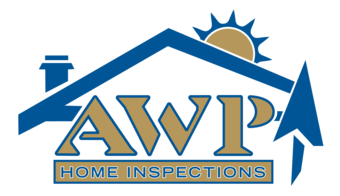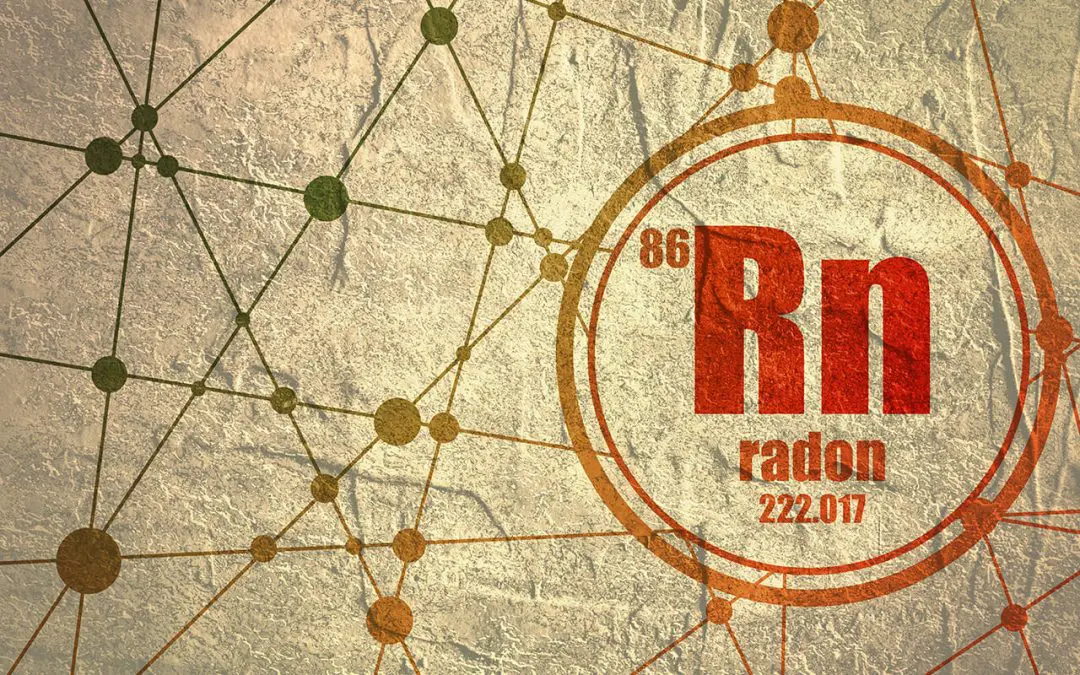Radon is a clear and odorless gas that seeps up from the ground beneath us. It is a natural element, but can be dangerous when concentrated indoors at high amounts. For this reason, it is smart to learn about the connection between radon and lung cancer.
Radon Forms Underground
Although many people have heard of radon, not many know about the health risks associated with it. This gas is the result of naturally-occurring radioactive processes inside the earth. Uranium and thorium decay underground, which creates radon gas. If radon disperses into the outdoor air, it doesn’t usually cause any problems. However, when it seeps into a building and becomes trapped, radon and lung cancer becomes a concern.
How are Radon and Lung Cancer Linked?
Radon and lung cancer are proven to be strongly connected. Studies show that radon is the second highest cause of lung cancer after cigarettes. Radon causes 21,000 deadly cases of lung cancer each year in the United States alone. Smokers have an even higher risk of getting lung cancer when living with high levels of radon.
How Does Radon Cause Cancer?
As a person breathes in radon, it settles in the lining of the lungs. These radioactive particles in the lungs cause damage to the cells, which leads to cancer. Your risk is higher for lung cancer if you are living in a home with radon levels of 4 pCi/L or more. The only way to learn what the radon levels are is to have the home tested.
Radon Levels May Be Higher During Winter
Basements and lower levels of a house or building are common places for radon to accumulate. The gas enters through cracks in the foundation or other openings in the building. During winter, most people keep their homes closed up to help them stay warm. Radon will seep into the lower levels of the house and then accumulate because all the doors and windows are shut. Homes that are well-sealed and energy-efficient face this problem even more. This is how radon accumulates to unhealthy levels.
What Can Be Done to Prevent Radon and Lung Cancer
Every home should be properly tested for radon to make sure it is safe to live in. The best way to accomplish this is to hire a professional home inspector who specializes in radon testing. While DIY kits are available, the high rate of user error and inaccurate results make them unreliable. If high levels of radon are found, radon mitigation contractors can employ effective methods to lower radon levels. Afterwards, continuously test to make sure the levels stay low.
AWP Home Inspections provides home inspection services including radon testing. January is National Radon Action Month so schedule your appointment today.

